If you’re getting into affiliate marketing, especially with Amazon, get ready for a wild trip! Like a treasure hunter, you look through products to identify the ones that will make you money instead of digging through dirt. So, what can we do to get the most out of this trip? Get ready to learn some useful ideas and strategies to make the most of your Amazon affiliate marketing!
Top Takeaways and Key Concepts
→ Choose a focused niche to attract people searching for specific products.
→ Create valuable content that naturally includes relevant Amazon affiliate links.
→ Use strong visuals to make product reviews more engaging and trustworthy.
→ Promote higher-earning products to increase your overall commissions.
→ Track link performance to understand what content converts best.
Summary of This Article
Affiliate marketing with Amazon works best when you blend strategy, creativity, and authenticity. The article explains how choosing a niche you enjoy makes content creation easier and more genuine. You also learn the importance of researching product trends, writing helpful reviews, and using strong visuals to boost engagement. Social media can amplify your reach, and tracking performance helps refine your approach over time. Most importantly, the article highlights that trust is essential—your audience responds better when you’re honest and transparent. With dedication and smart planning, Amazon affiliate marketing can become a rewarding long-term income stream.
Contents of This Page
Understanding the Basics of Amazon Affiliate Marketing
What is Amazon affiliate marketing, to begin with? In short, it’s a way to make money by selling things on Amazon. When someone clicks on your specific link and buys something, you get paid. You get a part of that sale. It shouldn’t be too hard, right? But before you go in and start posting links all over the place, you need to know the rules of the game.

You have to follow Amazon’s regulations for affiliates. You can’t just place links on your site without describing what they are, for instance. You need to give customers valuable information around those links, like reviews or suggestions, to assist them make wise choices about what to buy. It’s crucial to build trust with your audience since no one likes to feel like they’re being sold anything without knowing why it’s important.
It’s amazing that knowing which things sell well can make a major impact. Imagine spending hours attempting to market something that everyone likes, only to find out that it’s as popular as a messy meal at a picnic. Some goods may look like hotcakes because they are so popular or their marketing are so flamboyant, but that doesn’t imply they will always sell. This is when research becomes your best friend.
Let’s talk about why data is crucial first. You can think you know what others want because we all have our own tastes, but trends can change faster than a cat chasing a laser pointer. To really get ahead in affiliate marketing, you need to employ services and technologies that help you figure out how people act. You can find out what’s popular in your field right now by using tools like Google Trends. It’s like looking into a crystal ball to discover what people desire!
But you can get even better outcomes by employing some tools to delve much deeper. There are two websites that just give you detailed information about Amazon products: Jungle Scout and Helium 10. They help you not only find out what products are selling well, but also how competitive those products are in the market. You’re in luck if you find something that satisfies both of these requirements: a lot of demand and not a lot of competition.
You can also find great things on Amazon itself. Check the Best Sellers list often to see which items are flying off the shelves. Maybe those cute teapots shaped like cats really do work if millions of people are buying them. But don’t forget to read reviews, even though high sales statistics are nice. An object can sell well because it’s in style, but it might also get terrible reviews because it’s not made well.
You might also get ideas from social media sites like Instagram and Pinterest. Influencers usually talk about things that their fans like. If particular goods garner a lot of attention, that could suggest they will work well for your affiliate marketing.
In the end, it’s not enough to just follow the latest trends to find out how well a product performs. You need to make sensible choices based on strong data and trends. You shouldn’t guess which direction the wind blows; instead, you should invest time looking into the greatest products in your industry and using the resources you have properly. This will help you do well.
Choosing Your Niche Wisely
Let’s discuss about niches now that we know the basics. Choosing the correct niche is very important for making money with affiliate marketing. It’s like picking what kind of ice cream you want—pick something that makes you happy! Focus on what you’re really interested in, whether it’s fitness, tech gadgets, or even gardening (who knew plants could be so interesting?).

What does passion mean? Your writing will show that you’re enthused about what you’re advertising! Readers can tell when you’re really excited about something from a long distance away. It pulls them in like moths to a flame. Also, if you know a lot about your niche, you may make material that your audience would find interesting.

But here’s an interesting twist: you need to think about market demand as well as what you’re enthusiastic about. It’s like having a preferred ice cream flavor. You adore pistachio, but if everyone else wants chocolate and vanilla, your little scoop shop might not make it through the first summer! So, even if we want to get right into our interests, it’s a good idea to do some research on what people are really looking for online.
Think about spending hours writing on how to make sweaters for pet pebbles. Now, don’t get me wrong; that sounds wonderfully strange, and I love how creative you are! But if no one is searching for “how to knit for my pet rock,” you could only have one person watching—yourself! That’s when you have to find a balance between what you like and what makes money. You need to make sure that your passion project has enough potential clients who are ready and willing to buy.

To go through this difficult area, you should first do some in-depth study. Google Keyword Planner and other tools can help you find out how many people are looking for information on issues in your niche. If you see that people are more interested in “eco-friendly home decor” than “pet rock fashion,” it could be time to change your plan. At the very least, you should add a section on home decor!
It’s interesting that patterns change throughout time. What seems unclear now could become the next big thing in a day or two. Just look at how fidget spinners swept over the world in a day! You may stay ahead of the game by using social media or trend analysis tools to keep up with what’s going on in the market. Also, getting involved in communities connected to your specialization can help you learn about new hobbies that aren’t yet popular.
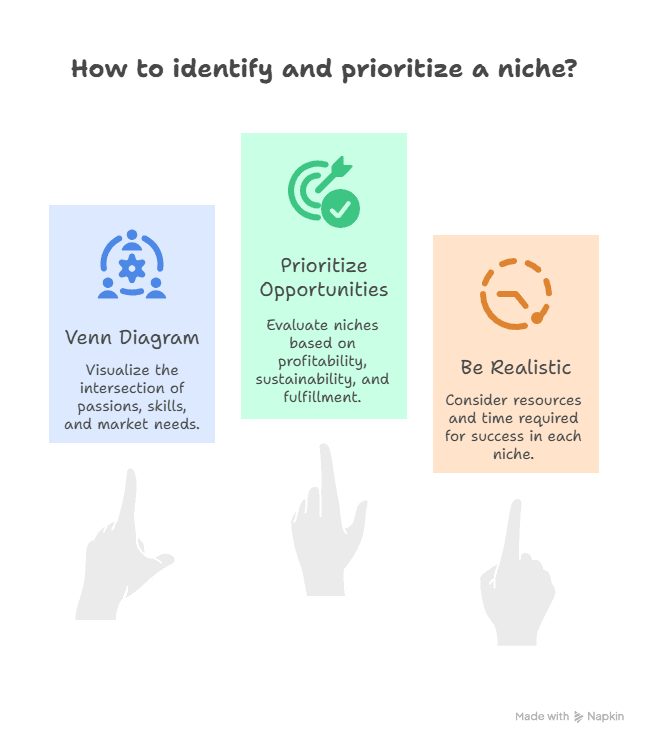
Now let’s talk about how to use these two things together in a creative way. You might love baking but be afraid that there are already too many food blogs. Think about focusing on a smaller area, like gluten-free desserts or quick meals for busy parents. This way, you’re still sharing what you love and reaching a targeted group of people who are looking for answers. That audience is probably more likely to buy things that satisfy their requirements and interact with them.
Finding the right balance between passion and profit is not just smart, it’s necessary! If you combine what you love with what people want, you’ll make material that is both fun for you and useful for them. And who knows? You might even make the next big thing that goes viral!
Crafting Compelling Content
In affiliate marketing, content is the most important thing! Now that you’ve found a niche and some great things to promote, it’s time to get to work and make content that grabs readers’ attention.

Consider different forms. For example, product reviews are fantastic since they give individuals who are thinking about buying something a lot of information about it. How-to instructions are also quite helpful. If you show people how they can use particular things to their advantage, they are more likely to click on those affiliate links.
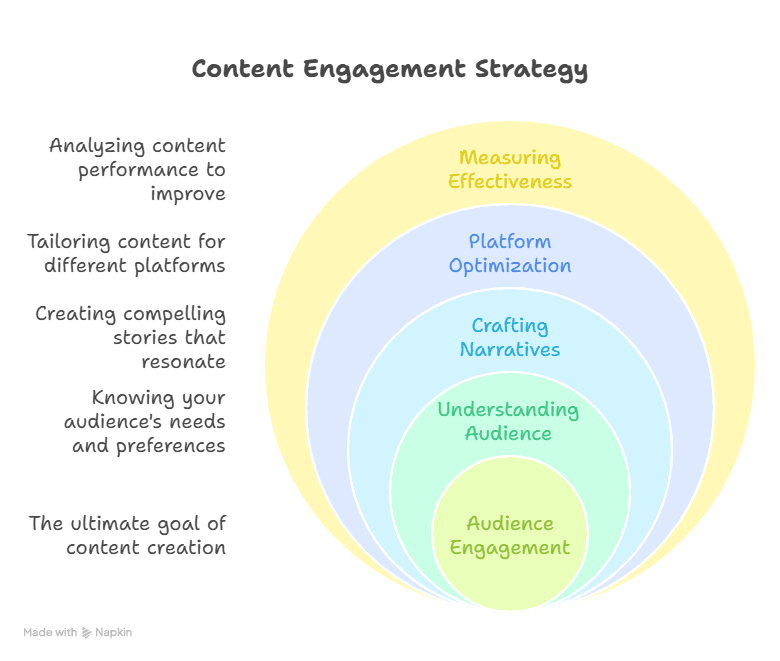
And don’t forget to tell stories! Who doesn’t appreciate a good story? Talk about how the product has affected your life in a personal way. For example, you could say how a certain item transformed your life or made daily duties easier. By adding stories to your content, you’ll not only keep readers interested, but you’ll also show that you know what you’re talking about in your field.
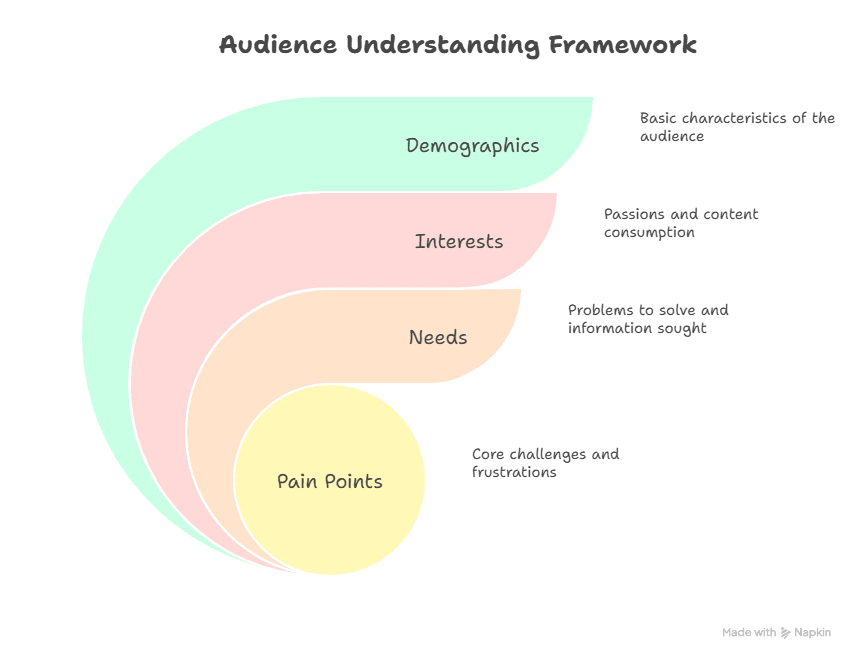
Including calls to action (CTAs) in all of your postings is a game-changer! CTAs are little pushes that help your readers do something, like look at those new headphones or kitchen appliances you’ve been talking about. You could be asking yourself, “Why should I bother with these?” Without CTAs, your great content could just float around in cyberspace like a balloon at a kid’s birthday party—pretty to look at but eventually deflating and pointless!
Picture this: you wrote a great review of the newest noise-canceling headphones. You told them all the good things about how they block out that noisy neighbor’s lawnmower and how they make your favorite playlist sound like it was created in a real studio. If you don’t tell your readers what to do next, they might just look at the headphones from a distance and then move on. That’s really bad, isn’t it? So why not include some well-placed CTAs?
A short sentence like “Check them out here!” or “Get yours today!” can do a lot. You’re tempting someone with something they can’t refuse, like giving them a taste test of scrumptious cookies. Also, utilizing interesting terminology can make things even more exciting! Try something more interesting than “click here,” like “Discover the magic of these headphones now!” That sounds like a lot more fun, right?
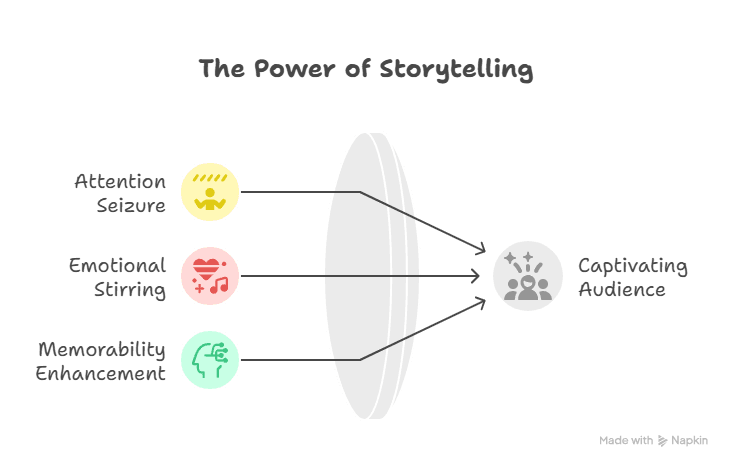
But timing is key! You wouldn’t serve dessert before dinner (unless you’re feeling very rebellious), and you don’t want to hit your readers with too many CTAs too soon in your piece. First, get them excited and give them something useful by sharing tales or ideas that they can relate to. Once they’ve gotten interested in what you’re saying, smoothly add those CTAs.
Another good idea is to change where you put these prompts in your text. You may throw one at the beginning to get their attention straight away, then throw another in the middle when they’re really interested, and then end with a final push at the end of your piece. In this approach, readers can take action in many different ways without feeling overwhelmed.
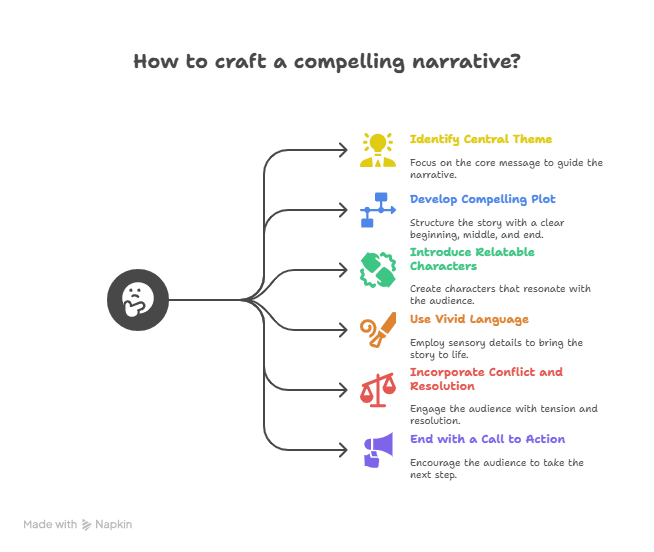
Also, think about how it looks! A bright button or link that stands out is far better at getting people’s attention than plain text. It’s like putting sprinkles on cupcakes; all of a sudden, everyone wants one! And don’t forget to keep it relevant. If you’re talking about kitchen gadgets, don’t send them on a wild goose chase to find them; instead, link straight to those things.
Finally, keeping note of how well your CTAs work might help you improve your approach over time. Are people clicking on the link? If not, it might be time to make some changes. Try changing the phrasing or positioning until you find what works best for your audience.
In short, adding calls to action to your blogs is really important for getting people to buy anything or look at more content. When done well and imaginatively, CTAs may turn readers who are just reading into people who are excited to interact with what you have to offer. They might even thank you later for showing them their new favorite gadget!
Utilizing Social Media Effectively
Speaking of getting people interested… When used correctly, social media can be a great way to get more traffic and sales. Instagram and Pinterest are great places to show off beautiful things and get people to come back to your blog or website.

When you publish on social media about affiliate offers (such sharing pretty pictures), always remember that quality is more important than quantity! When you post interesting pictures with interesting captions, your followers may want to know more, and boom—they click through!
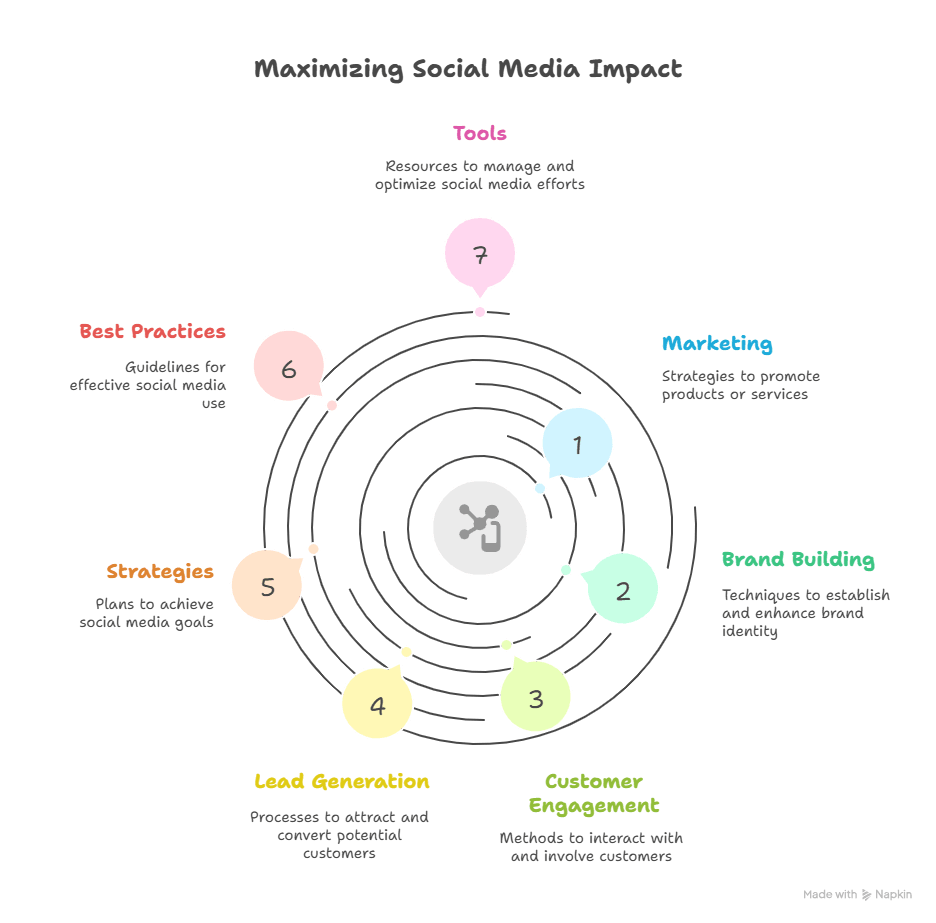
Joining groups on sites like Facebook that are related to your interests can also make a big difference! It’s like finding your tribe in the vast desert of the internet when you walk into a virtual room full of people who like the same things you do. These forums are often buzzing with talk about things that make you excited, including food, computer gadgets, or even esoteric hobbies like knitting miniature sweaters for action figures. The most important thing is to really get involved and give useful information without coming off like a walking ad.
You might be wondering how to best connect with these groups now. First of all, think of yourself as a helpful neighbor instead of a pushy auto vendor. When you join these gatherings, spend some time watching the people around you talk. What are members looking forward to? What do they want to know? If you know what the group is talking about, you can make sure that your contributions fit in perfectly with what everyone else is saying.
For example, if you’re in a cooking group and everyone is talking about their new kitchen tools, If you’ve just found an excellent blender that produces smoothies smoother than butter (yes, please!), don’t just say, “You should all buy this blender!” Instead, tell everyone about your experience first. You may remark, “I just made the creamiest avocado smoothie with my new blender. Here’s how I did it!” This manner, you’re giving value by offering useful knowledge while also introducing the product in a subtle way that doesn’t seem too pushy.
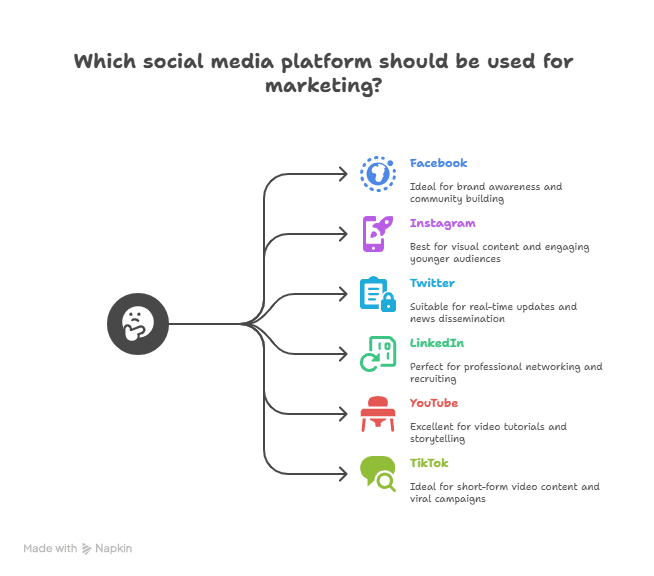
Building relationships in these communities is important for building trust over time. It’s not enough to merely make quick sales; you also need to be known and respected in the group. Like and comment on other people’s posts in a sensible way. When someone asks for guidance or tips in your field, give it to them. People will start to see you as a go-to person in that field over time, and guess what? If people think you really care about assisting them, they’ll be more likely to look into what you’re selling.
By the way, don’t forget that sharing isn’t just about things you buy! Share articles, useful links, or even personal tales that other people in the community can relate to. This makes it easy for members to talk to you and look forward to what you have to say.
On the other hand, it’s crucial to find a balance between promoting and participating. If every post you make sounds like an ad or sends people back to your site without any real interaction, people may start rolling their eyes faster than they would during a long commercial break! So keep things light and pleasant; whenever you can, add humor or stories that others can relate to. After all, we’re all human here!
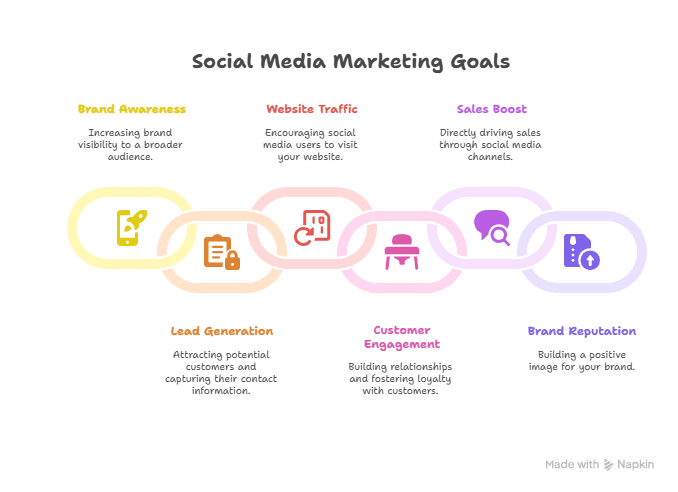
Finally, don’t forget about the chances for organic growth that come up on their own in these communities. As relationships get stronger and trust grows over time, other members may start looking for your content on their own because they like what you have to offer. This kind of word-of-mouth advertising is priceless—it’s like having a whole army of fans cheering for you!
To sum up, being honest and involved in relevant online groups can help you form relationships that lead to trust and create opportunities for natural growth over time. Don’t forget to be real, add value without pushing sales too hard, and have fun meeting with people who share your interests!
Analyzing Performance Metrics
Okay, everyone, this part isn’t as fun but just as important: checking performance data on a regular basis makes sure that everything operates smoothly behind the scenes! How can I know whether all the time I’ve spent marketing things through writing or social media posts is paying off?

Using Amazon Associates tools lets you keep track of clicks from each link posted on different platforms and keep an eye on overall engagement levels and success rates based on conversion rates recorded versus total views obtained per post produced earlier too!
This information is quite helpful for figuring out what works best, and it’s like having a treasure map in the realm of marketing! You don’t have to roam around aimlessly, hoping to hit the jackpot with your ideas. Instead, you can make smart choices based on solid evidence. Think about being able to see concrete proof of which things are selling like hotcakes and which ones are just sitting there. It’s not only about luck; you need to use genuine facts to decide what to do next.

You can make changes as you look at this data over time. It’s like tuning a musical instrument: sometimes all you need to do is make a small change to get the right note. If any of your marketing strategies aren’t working with your audience, recognizing this lets you change course fast instead of persisting with a strategy that isn’t working. For instance, if you find that blog posts with videos get a lot more interaction than regular text articles, why wouldn’t you spend more time making those videos?
Also, using data means that you’re making decisions based on facts instead of conjecture. Imagine you’re a ship captain cruising through murky waters. If you didn’t have data to guide you, you’d be sailing blind! But analytics may help you figure out what works and what doesn’t by giving you information like click-through rates and conversion rates. With this knowledge, you can make smart choices about how to spend your money and time on projects that will really make a difference.

As time goes on, gathering these results helps you identify patterns that show trends in your niche. You may see that interest in certain products goes up and down with the seasons, or that people’s tastes change, which could affect future advertising. For example, if summer comes and outdoor gear starts to become popular but soft sweaters lay unused, you can change what you provide based on this knowledge. Instead of knitwear, you can promote beach towels!
Interestingly, these insights also help you connect with your audience on a deeper level because they precisely reflect how they act and what they like. Customers will naturally trust you more over time if they realize that you’re responding to their demands based on real input instead of wild guesswork. They know that they are important and that someone is really listening to them.
Using data-driven insights not only helps you make better decisions, but it also helps you do better in the long run! By making changes based on what you’ve learned instead of merely guessing whether your ideas will work later on, you can be sure that you’re always going forward with a purpose. Isn’t that what we all want? So love those numbers! Use them to help you grow and do well with your Amazon affiliate marketing!
Building Trust with Your Audience
Last but not least, developing trust should always be the most important thing to do when talking to people online, whether through blogging or social media.
Do you remember when I said that being real is important? Well, guess what? It still holds true here too! Being open about the partnerships you have with brands helps you connect with your followers and build long-lasting relationships based on respect over time, rather than just trying to get them to buy something because you want to make money.
Giving honest feedback, whether it’s good or bad, about certain things ultimately strengthens the relationships that have been built along the way. This encourages loyal fans to stick around for a long time and stay up to date on the latest developments in their respective niches! .
To sum up…
To get the most out of your Amazon affiliate marketing, you need to be dedicated and creative. Let’s be honest, it’s not always easy. Imagine this: you are at the edge of a huge jungle full with chances, but you can’t just swing from vine to vine like Tarzan. You have to plan every move you make. It’s about really getting to know the ins and outs of affiliate marketing and adding your own special touch.
First of all, you need to be dedicated. You can’t just throw up some links and expect the commissions to come in like magic (if only it were that easy!). No, my friend; it takes time and hard work. Think of it as taking care of a plant. You just water it and hope it grows at first. But when you learn what works best, whether it’s improving your content or talking to your audience, you start to see those lovely blooms appear. This continual commitment includes regularly updating your content, trying out different ways to promote it, and looking at what works best for your audience.
Then there’s creativity, which is what makes everything better. How can you stand apart in a world where everyone seems to be selling the same things? This is when you need to think beyond the box. Instead of writing another boring review of headphones that everyone else is doing, why not make a fun film that compares them using funny stories or skits? You may also make an infographic that shows off their qualities in a way that catches the attention. The objective is to get people’s attention and keep them interested.
Also, creativity isn’t only about how you show off your stuff; it’s also about discovering new ways to look at your specialty. If you’re interested in kitchen gadgets, instead of just listing them by how popular they are, why not do themed blogs around holidays or cooking challenges? People who are looking for ideas at certain times of the year might find “Top 5 Gadgets for Your Holiday Feast” or “Kitchen Tools That Will Make You Feel Like a MasterChef” to be more appealing.
Don’t forget to make connections when you mix dedication with creativity. When you interact with your audience honestly on social media or in blog comments, you can build community and trust. After all, people are more inclined to click on your affiliate links if they feel like they know you!
Also, staying on top of trends in both affiliate marketing and customer behavior will help you come up with even more inventive ideas! It’s like having a treasure chest of ideas and inspiration at your fingertips if you sign up for industry publications or join online groups where other marketers share their thoughts and ideas.
In the end, making the most of your Amazon Affiliate Marketing work isn’t just about putting together some links; it’s an art that requires both hard work and ingenuity. If you really commit to your goals, let new ideas flow into your plans, and connect with others in a real way, you’ll be on the road to success that feels good at every step of the way! So get your tools (and maybe some food) ready because it’s time to jump right in!
Suggested Resources
Amazon Affiliate Program Overview
https://affiliate-program.amazon.com/
How To Start an Amazon Affiliate Website
https://www.wpbeginner.com/guides/how-to-start-an-amazon-affiliate-website/
The Ultimate Guide to Affiliate Marketing
https://neilpatel.com/blog/ultimate-guide-affiliate-marketing/
Frequently Asked Questions
How does Amazon affiliate marketing work?
Amazon affiliate marketing allows you to earn commissions when users click your unique affiliate links and make purchases. You recommend products and earn a percentage of each sale.
Why is choosing the right niche important?
Selecting a niche you enjoy helps you create better content and attract a targeted audience. Passion and demand together increase your earning potential.
What types of content work best for promoting Amazon products?
Product reviews, tutorials, comparisons, and storytelling-based content perform well. These formats naturally incorporate affiliate links while offering valuable insights.
How can I improve engagement on my affiliate posts?
Use strong visuals, relatable stories, and clear calls to action to guide readers. Engaging formats help maintain attention and boost conversion rates.
Why should I use social media for affiliate marketing?
Social media platforms expand your reach and drive more traffic to your content. Sharing helpful posts builds trust and increases link clicks.
What tools help track affiliate performance?
Amazon Associates reporting tools show clicks, conversions, and earnings. Reviewing this data helps refine strategies and improve future results.
How do I build trust with my audience?
Be transparent about affiliate links and offer honest product insights. Authenticity strengthens relationships and encourages long-term engagement.

Kevin Collier is a seasoned writer and technology enthusiast with a passion for exploring the latest industry trends. With a background in digital marketing and content creation, he brings insightful perspectives to imhits.com on emerging technologies, innovations, and their impact on everyday life. When he’s not writing, Kevin enjoys experimenting with new gadgets and sharing his knowledge with fellow tech aficionados.





